Electric scooter charging station
A electric scooter charging station is a device that allows you to charge a electric scooter autonomously, without having to take it home or to a loading center.
The charging stations for scooter electricity are generally installed in public places, such as stations, parks or car parks, and are accessible to everyone. They are often used by self-service scooter users, who can charge their scooter before returning it to another location.
charging stations for electric scooter are generally equipped with one or more charging connectors which allow the scooter to be connected to the terminal.
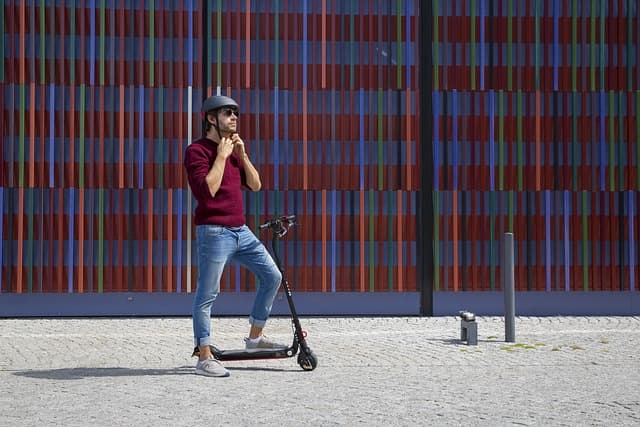
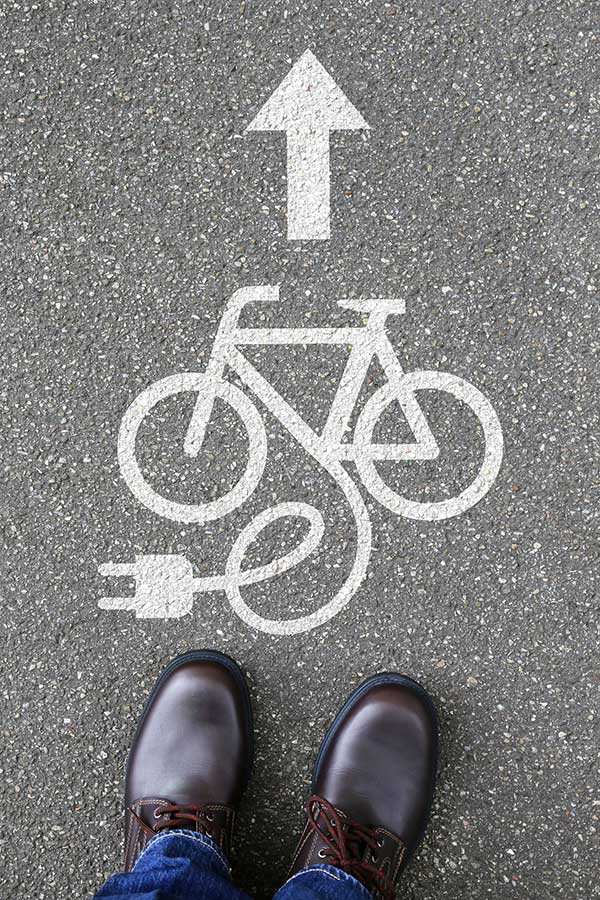
Where can you recharge your electric scooter?
There are several options for charging an electric scooter. Here are some examples :
- At home: You can charge your electric scooter by plugging the charger into a household electrical outlet.
- At work: If you work in a building or campus that has accessible power outlets, you can charge your electric scooter there during your break or after your work day.
- In public spaces: many cities have implemented charging stations for electric scooters in parks, malls and other public spaces. Just find a charging station near you and follow the instructions to plug in your scooter.
Which charger for my scooter?
It is important to use the charger recommended by the manufacturer of your electric scooter. Each scooter model has a specific charger suited to it, and using the wrong charger can damage your scooter or cause a fire.
Here are some tips for choosing the charger for your electric scooter:
- Make sure the charger is compatible with your scooter model.
- Check the manufacturer's user manual or website for recommended charger specifications.
- Check that the charger complies with the standards of security applicable in your country. If you are traveling abroad, make sure the charger is compatible with the electrical standards of the country you are traveling to.
- Do not use a charger that is damaged or modified in any way.
In summary, to find the right charger for your electric scooter, you should follow the manufacturer's recommendations and ensure that the charger is compatible with your model of scooter and complies with current safety standards.
How to charge electric scooters?
Here is the procedure for charging an electric scooter :
- Locate your scooter's charging port. It is usually located under the floor of the scooter, next to the rear wheel.
- Plug it in charger on an electrical outlet. Make sure the outlet is properly grounded and the charger is in good condition.
- Plug the other end of the charger into the charging port on your scooter.
- Turn on your scooter (if not already on). The charging light will turn on to indicate that the scooter is charging.
- Wait until the scooter is fully charged before unplugging it from the charger. Charging time may vary depending on your scooter model and battery capacity. car's battery performance. Check your scooter's user manual for recommended charging time.
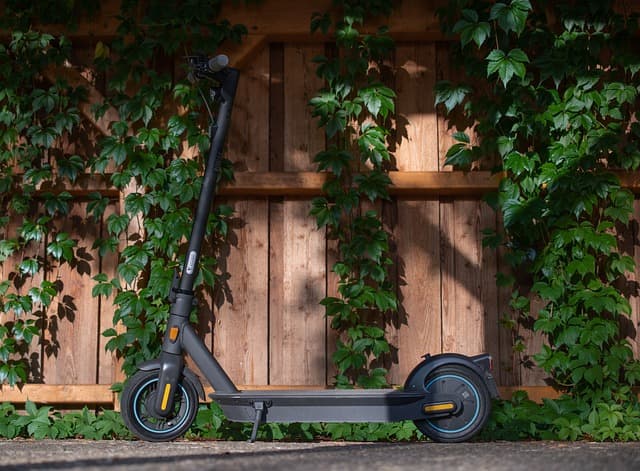
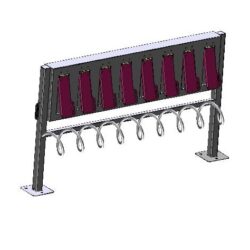
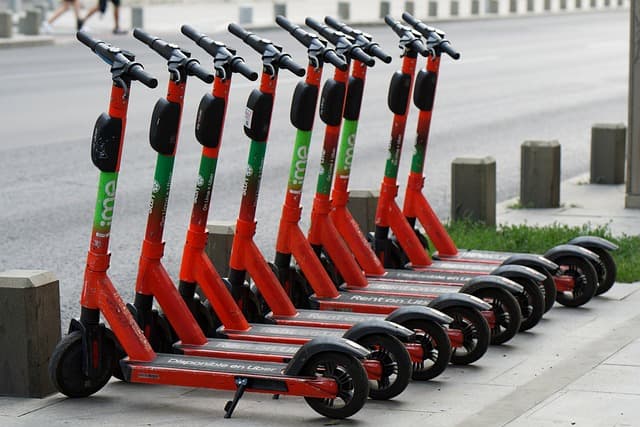
How to charge a scooter without a charger?
It is not recommended to attempt to charge an electric scooter without using the charger provided by the manufacturer. The chargers are designed to be compatible with scooter batteries and ensure safe charging. If you use an unsuitable charger, you risk damaging the scooter or causing a fire.
However, there are plug adapters that allow you to plug in a charger mobile phone to a power outlet and to charge the scooter using this adapter. However, this solution is not recommended, as it presents a risk of overloading and overheating of the car's battery performance of the scooter.
It's best to get a replacement charger from the manufacturer or an authorized dealer if you don't have the original charger for your scooter.
How are self-service scooters recharged? – Who charges the electric scooters?
Self-service scooters are usually recharged by people responsible for collecting the electric scooters, bring them back to a charging center and recharge them. These people are often called “loaders”.
The charging process for self-service scooters is usually automated and can be done in a number of ways:
- Manual Loading: Loaders collect scooters by hand and bring them back to the loading center. They charge them manually by plugging the charger into the scooter.
- Automated Loading: Loaders use an electric cart to collect scooters and bring them back to the loading center. Scooters are placed on automated charging racks and self-charging.
Why is my scooter battery draining fast?
There are several reasons that may explain why the battery in your electric scooter discharges quickly. Here are some examples :
- You use your scooter intensively: if you use your scooter over long distances or on difficult terrain (mountainous, for example), the battery will drain faster.
- The ambient temperature is too low: electric scooter batteries tend to lose their efficiency when it is cold. If you use your scooter in very cold weather, the battery will drain faster.
- The battery is damaged: if the car's battery performance of your scooter is damaged (for example, if it has been wet), it may discharge faster than usual.
- You haven't used the scooter for a long time: If you don't use your scooter for a long time, the battery may discharge naturally. It is recommended to recharge the battery from time to time even if you are not using your scooter in order to maintain its charge capacity.
It is recommended that you follow the manufacturer's instructions for properly maintaining and charging your electric scooter battery. If you have any doubts or if you think the car's battery performance is damaged, it is advisable to contact a professional or the scooter manufacturer.
How to charge your electric scooter faster?
Here are some tips for charging your electric scooter faster:
- Use a quality charger: the charger provided by the manufacturer of your scooter is designed to be battery compatible and fast charging. If you use a non-recommended charger, charging may be slower.
- Charge the scooter at an ideal ambient temperature: the ambient temperature has an impact on the charging speed of the scooter. It is recommended to charge the scooter at a temperature between 10 and 40°C. If the temperature is too low or too high, charging may be slowed down.
- Use a quality power outlet: make sure the plug you connect the charger to is in good condition and the current is stable. If the outlet is damaged or the power is unstable, charging may be slow or interrupted.
- Do not use the scooter while charging: If you use your scooter while it is charging, the battery will not charge as quickly. It is recommended to wait until the scooter is fully charged before using it.
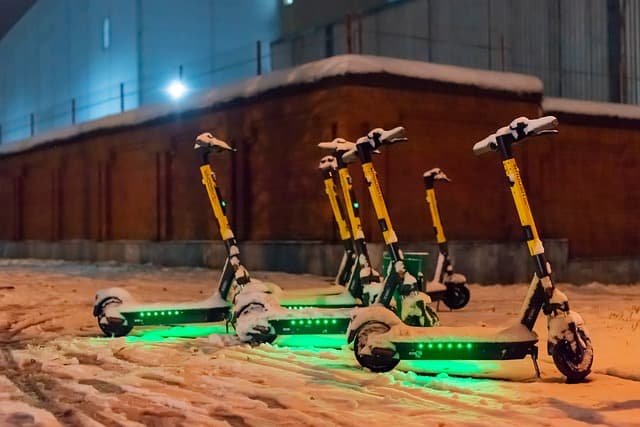
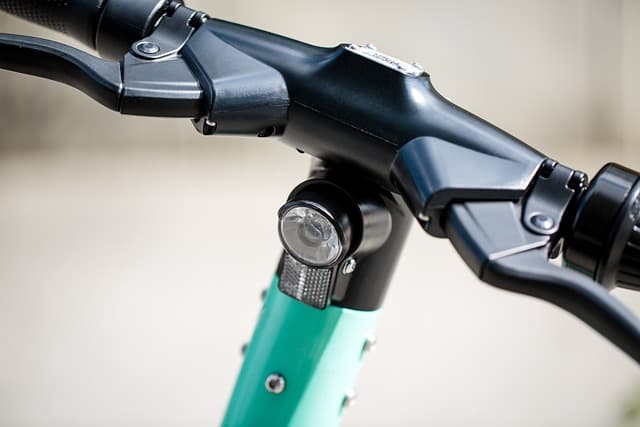
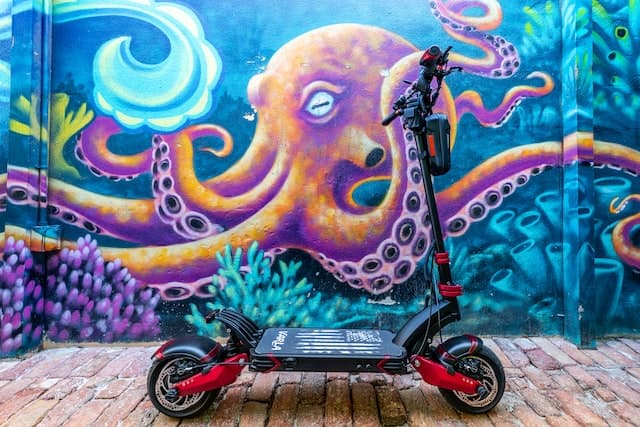
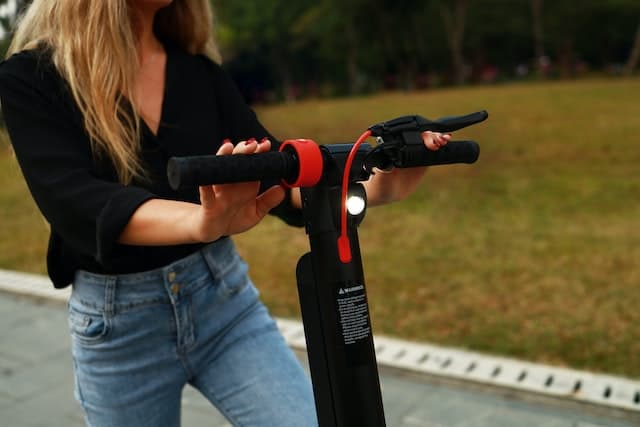
Where to connect the charger of a scooter? How do I know if my scooter charger is working?
Here are some steps you can take to check if your electric scooter charger works correctly.
First check that the charger is plugged into a working outlet. If the socket is not working, the charger will not be able to charge the scooter.
Make sure the charger is in good condition and not damaged. If the charger is damaged (cut cable, damaged connectors, etc.), it will not be able to charge the scooter.
Then plug the charger into the scooter. If the charging light illuminates on the scooter, it indicates that the charger is working properly and the scooter is charging. If the light does not come on, it may indicate a problem with the charger or the scooter.
Then, let the scooter charge for a while and check if the charging progresses. If charging is progressing normally, this indicates that the charger is working properly. If charging is not progressing or the scooter is not charging, this may indicate a problem with the charger or the scooter.
How much power to charge an electric scooter?
The power required to charge an electric scooter depends on the capacity of the scooter's battery and the Loading time recommended by the manufacturer.
Here are some examples of charging power for different battery capacities:
- 100-150Wh Battery: Recommended charging power is 50-100W.
- 150-200Wh Battery: Recommended charging power is 75-150W.
- 200-300Wh Battery: Recommended charging power is 100-200W.
Do not use a charger that provides more charging power than recommended, as this may damage the scooter or cause a fire.
It is also important to note that the charging power may vary depending on the power outlet the charger is plugged into and the length of the charging cable. If you use a low power outlet or low quality charging cable, charging may be slow or unstable.
Does an electric scooter consume a lot of electricity?
An electric scooter uses electricity to operate, but the amount of electricity consumed depends on several factors, including:
- Scooter battery capacity: the larger the battery, the more electricity it can store and the further the scooter can travel before needing to be recharged.
- The speed at which you use the scooter: the faster you ride, the more electricity the scooter uses.
- The terrain you ride on: If you ride on difficult terrain (mountainous, for example), the scooter will consume more electricity to overcome obstacles.
On average, an electric scooter has a autonomy 20 km with a 0,280 kWh battery, and consumes 1,4 kWh per 100 km.
It is difficult to give an accurate estimate of the electricity consumption of an electric scooter, as it depends on many factors. In general, an electric scooter consumes less electricity than a car, but more than a bike electric. However, it remains a means of ecological transport and inexpensive, as it does not require fuel and maintenance costs are generally lower than with other means of transport.
What is the charging time of an electric scooter?
Time to charging an electric scooter depends on several factors, including:
- The capacity of the scooter's battery: the larger the battery, the longer it takes to recharge it.
- The power of the charger: the more powerful the charger, the faster it can charge the scooter.
- Ambient temperature: the ambient temperature has an impact on the charging speed of the scooter. It is recommended to charge the scooter at a temperature between 10 and 40°C. If the temperature is too low or too high, charging may be slowed down.
Here are some examples of charging times for different battery capacities:
- 100-150 Wh Battery: Recommended charging time is 3-6 hours.
- 150-200 Wh Battery: Recommended charging time is 4-8 hours.
- 200-300 Wh Battery: Recommended charging time is 6-10 hours.
It is important to follow the manufacturer's instructions for properly charging your electric scooter and to use the charger recommended by the manufacturer.
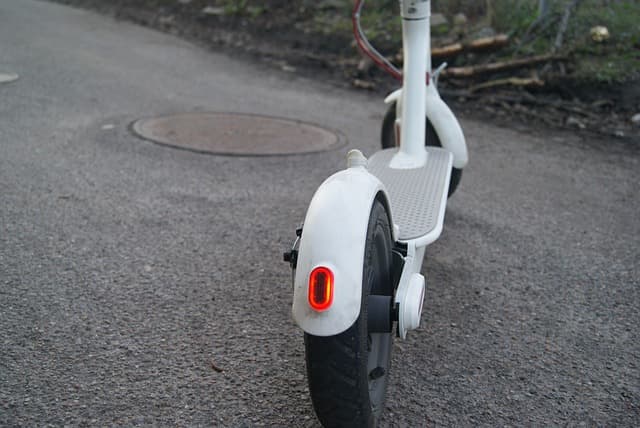
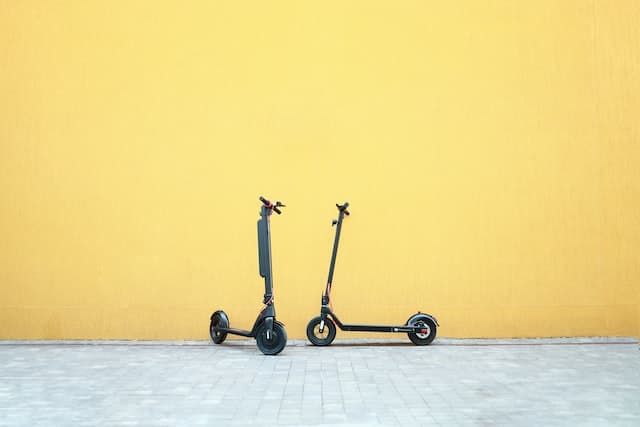
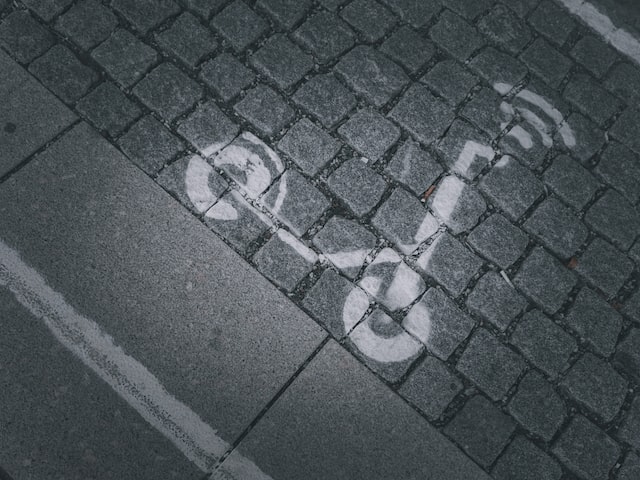
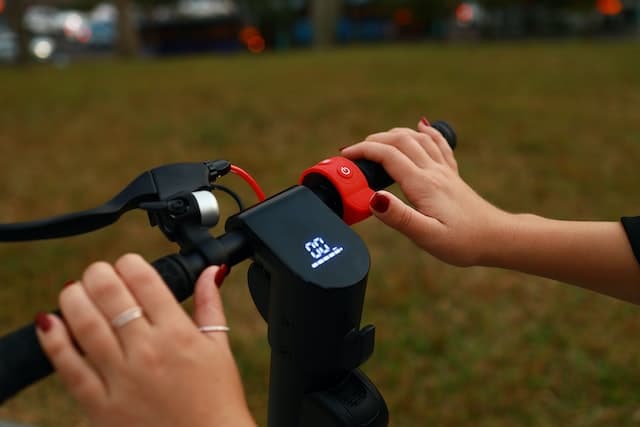
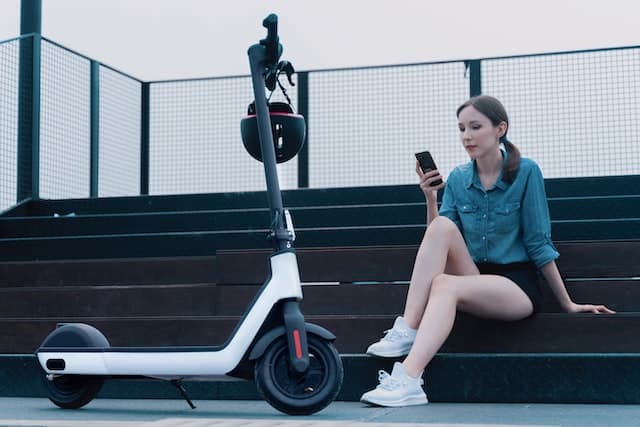
What is the autonomy of an electric scooter?
The range of an electric scooter depends on several factors, including:
- The capacity of the scooter battery : the larger the battery, the more electricity it can store and the further the scooter can travel before needing to be recharged.
- The speed at which you use the scooter: the faster you ride, the more electricity the scooter uses and the less autonomy it has.
- The weight of the scooter and the driver: the heavier the scooter, the more electricity it consumes and the less autonomy it has.
- The terrain you ride on: if you ride on difficult terrain (mountainous, for example), the scooter will consume more electricity and have less autonomy.
On average, an electric scooter can travel between 20 and 40 km before needing to be recharged, depending on battery capacity and conditions of use. However, it is difficult to give an accurate estimate of the range of an electric scooter, as it depends on many factors. It is recommended to consult the user manual of your scooter to know the range recommended by the manufacturer.
Can I charge my scooter at work?
It is usually possible to charge your electric scooter at work, provided you have access to a power outlet and obtain permission from your employer.
It is important to observe electrical safety rules and not to interfere with other people working in the company. Make sure the charging cable is not a hazard and does not get in the way. If you use a replacement charger or plug adapter, make sure it is in good condition and suitable for your scooter.
It is recommended that you seek permission from your employer before charging your scooter at work. If you can't charge your scooter at work, you can use a power outlet near your home or in a public place (like a train station, for example). There are also charging stations for electric scooters in some cities, where you can charge your scooter for a fee.